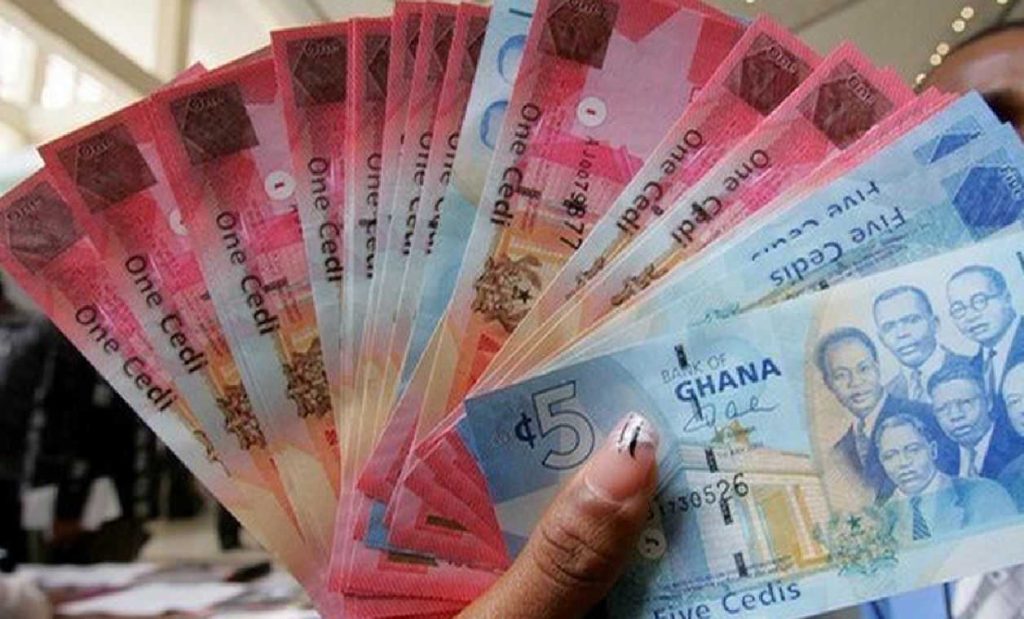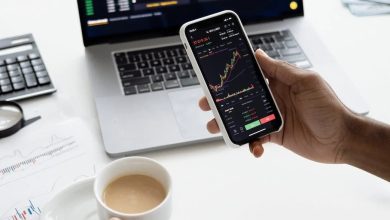Learn how to check fake or counterfeit Ghanaian currency notes here

At some point in our lives, many of us have come across a counterfeit currency note. It could have been shown to us by a friend, a colleague, or even during a business transaction. Every year, the news often reports on the arrests of individuals involved in producing counterfeit money. Counterfeiting is a problem that affects countries all over the world, and Ghana is also dealing with this issue.
Throughout the years, there have been numerous stories and reports about dishonest individuals printing counterfeit money and distributing it to unsuspecting members of the public. On May 16, 2019, there was an incident where the Ghana Police arrested two individuals, one from Ghana and one from Nigeria. They were caught printing and distributing counterfeit Cedis, Euros, and US Dollar bills to innocent people who were unaware of their fraudulent activities.
What impact does fake currency have on the economy?
When counterfeit money becomes widespread in a country’s financial system, it leads to an increase in prices for products and services. This happens because there is a larger amount of money circulating in the system. The reason for this is that there will be an increase in the amount of money in the system. Moreover, the acceptability of paper money is expected to decrease, leading to a chain reaction that will impact the reputation and operational efficiency of the Central Bank. On a smaller level, people who offer goods and services will experience financial losses as a consequence.
What are the most effective ways to identify counterfeit currency?
- Using Money Counting Machines
- Using Desk Top Ultraviolet Light Counterfeit Detection Machines
- Manual Identification
The many equipment that can tell the difference between real and counterfeit currency each come with their own sets of instructions for use. The question then becomes: how do we manually detect fraudulent currencies? Nearly every day, new phony currencies are printed out, which has led to the creation of hundreds of different varieties of counterfeit money. However, it is not realistic to expect to be able to learn all of the traits shared by all of these variants.
Although it is obvious that we could use an electronic payment system, it would be more beneficial for us to spend our time studying about actual money so that we are able to distinguish between authentic and counterfeit bills.

Original Ghana Cedi note features
Security Thread
This band, made of metal, is located on the left side of all the notes. Upon closer examination, it seems that there is a fragment of a broken metallic thread on the currency. It’s really important to notice that the note appears intact when you look at it in sunlight or any other light source. If a Ghana Cedi note doesn’t have that security feature, it is considered to be counterfeit.
Watermark
There is a star that is located on the left side, just before the metallic thread. This star’s color is paler than the color of the surrounding area. When held up to the light, a watermark of Tetteh Quarshie, the first person to bring cocoa to Ghana, and a cocoa pod under which the denomination of the currency is printed in a white circle. If the white circle is shielded from light, only a portion of the number that is printed in it can be seen. Watermarks in the form of diagonal lines can be found in each of the four corners of each note.
Big 6
The note has a clear portrait on the right side, featuring six individuals known as the Big 6. These are the people who helped Ghana gain independence from the British. Please remember that we are talking about a total of six people. There are no additional or fewer individuals than that.
Independence Arch
The Independence Arch can be found in the middle of the note. The inscriptions “Freedom and Justice” and “AD 1957” can be read on the arch, which represents the year when the country gained its independence.
National Monuments
On the back of the notes, you can find a list of Ghanaian landmarks and institutions that have played a significant role in the development of Ghana. If you take a look at the one cedi note, you’ll notice a depiction of the Akosombo Dam. This dam plays a crucial role in generating electricity for the entire country. If you take a look at the two cedi note, you’ll notice the
On the back of the notes, you can find a list of Ghanaian landmarks and institutions that have played a significant role in the development of Ghana. If you take a look at the one cedi note, you’ll notice a depiction of the Akosombo Dam. This dam plays a crucial role in generating electricity for the entire country. If you take a look at the two cedi note, you’ll notice the Ghanaian parliament House featured on it. The 10 cedis note has a picture of the Bank of Ghana Building on the back, and the 20 cedis note features a photo of the courtyard of the Supreme Court of Ghana on the reverse side. You can find the Osu Castle on the fifty cedi note. It used to be the seat of government in the past.






